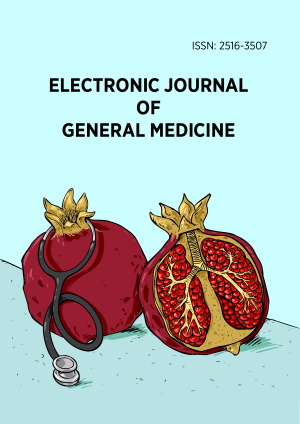Abstract
The objective of this study was to investigate the impact of the progressive loading protocol (PLP) in subjects with osteoporosis. Ninety-two patients diagnosed with osteoporosis participated in this double-blind randomized control trial. The participants were randomly assigned into experimental and control groups. Both groups received twelve weeks of low-impact aerobics training along with a health awareness program. The experimental group received, in addition, PLP. Bone mineral density (BMD) was measured by dual-energy X-ray absorptiometry at baseline and after 12 weeks of intervention. Quality of life (QoL), fear of fall (FOF), and risk of fall (ROF) were assessed using quality of life questionnaire of the European Foundation for Osteoporosis-41 (QUALEFFO-41), fall efficacy scale-international (FES-I), the time up and go (TUG) test, and Berg-balance scale (BBS), respectively. Self-exercise efficacy scale (SEES), and exercise benefit barrier scales (EBBS) were also measured. Participants in the experimental group revealed more improvement in BMD, QoL, FOF, and ROF post-intervention compared to the control group. Furthermore, a strong positive correlation existed between BMI, TUG, FES-I, and QUALEFFO-41. While a strong negative correlation was found between BBS, SEES, EBBS, and QUALEFFO-41.PLP offers a safe and feasible option for individuals seeking to manage the challenges of osteoporosis while improving their physical well-being.
License
This is an open access article distributed under the Creative Commons Attribution License which permits unrestricted use, distribution, and reproduction in any medium, provided the original work is properly cited.
Article Type: Original Article
ELECTRON J GEN MED, Volume 22, Issue 2, April 2025, Article No: em641
https://doi.org/10.29333/ejgm/16174
Publication date: 17 Mar 2025
Article Views: 208
Article Downloads: 171
Open Access References How to cite this article
 Full Text (PDF)
Full Text (PDF)